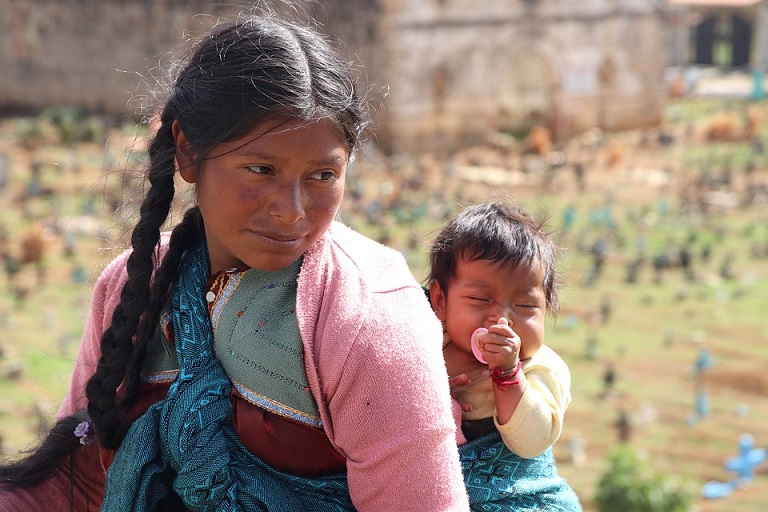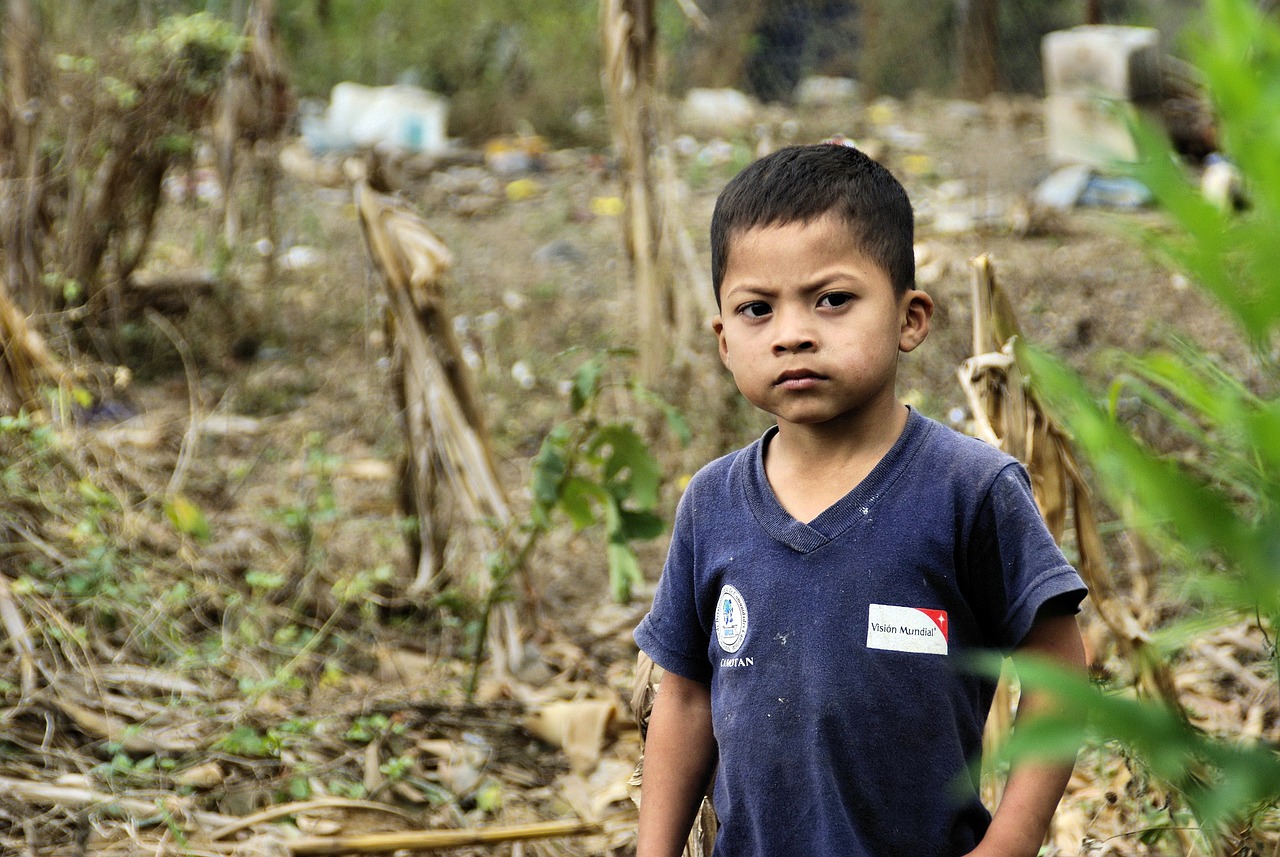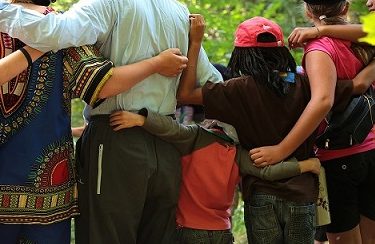In the long and complex battle against chronic malnutrition, every action in favour of children counts. In the Central American country it is a matter of concern as there are 25,000 children with acute malnutrition.
 Zeus Naya
Zeus Naya
Guatemalan children are among the most chronically malnourished in Latin America. A report by the Human Rights Ombudsman’s Office stated that Guatemala ranks sixth in the world on this indicator, and experts warned that this was a pending issue for previous administrations.
Official data agree that the condition affects 46.5 per cent of five-year-olds. However, it goes unnoticed by a large number of the population. The nutrition officer of the United Nations Children’s Fund (UNICEF), María Claudia Santizo, described the high level of infant mortality in the country of the quetzal some time ago.
Among the main causes, she mentioned pneumonia and acute diarrhoeal diseases, 54 per cent of which, she said, are associated with some degree of malnutrition. “This is the basic problem of childhood, which has many consequences and perpetuates the whole cycle of poverty,” she said.
School dropout rates are very high, and much of it is not due to lack of opportunities, but to the consequences of malnutrition itself, he emphasised.
 The National Food Security and Nutrition Information System (Siinsan) reported more than 25,000 children with acute malnutrition last year, an increase of almost 26% compared to 2022 (20,806 children affected).
The National Food Security and Nutrition Information System (Siinsan) reported more than 25,000 children with acute malnutrition last year, an increase of almost 26% compared to 2022 (20,806 children affected).
The departments with the highest incidence rates per 10,000 children under five years of age were Escuintla, Sacatepéquez and Izabal, in that order, similar to the situation registered in the previous annual period.
The crisis was also marked by the death toll of more than 50 children, also higher than the number confirmed for the whole of 2022, according to Siisan’s monitoring. According to the latest report of the Integrated Food Security Phase Classification, this disease is a constant in rural households due to the food insecurity that 3.2 million Guatemalans deal with on a daily basis.
Crisis management
Guatemala’s president, Bernardo Arévalo, proposed a plan to reduce the prevalence of malnutrition in children under five by 10 per cent and to attack the structural problems that cause it. These problems include lack of household income, precarious housing conditions, environmental sanitation and access to water for human consumption.
 According to Health Minister Oscar Cordón, in the first 120 days of the Arévalo government, sectoral nutrition initiatives involving different agencies will be strengthened.
According to Health Minister Oscar Cordón, in the first 120 days of the Arévalo government, sectoral nutrition initiatives involving different agencies will be strengthened.
For his part, Pan-American University School of Nutrition professor Jorge Pernillo has called for an assessment of the effect of natural events and the incidence of Covid-19. “Disease and lack of services is one of the immediate causes of malnutrition and therefore should be the first line of attention and prevention,” he suggested. He called for an emergency assistance plan that prioritises departments, municipalities, remote and needy communities to ensure and provide immediate health care to all inhabitants. In his opinion, it is necessary to rescue public services, expand coverage and quality, as well as seek the participation of the people in the process.
Those interviewed by the press agreed that the issue filled them with indignation and frustration, describing it as “one of the ugliest faces in Guatemala” and “a reality that cannot be denied”. They called for all initiatives, collaboration, unity to reach families with primary health care, services for pregnant women, sanitation programmes and education for mothers, among others. PL
(Translated by Cristina Popa – Email: gcpopa83@gmail.com) – Photos: Pixabay












.jpg)












